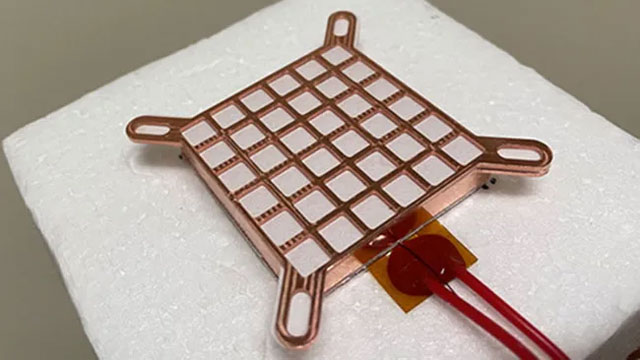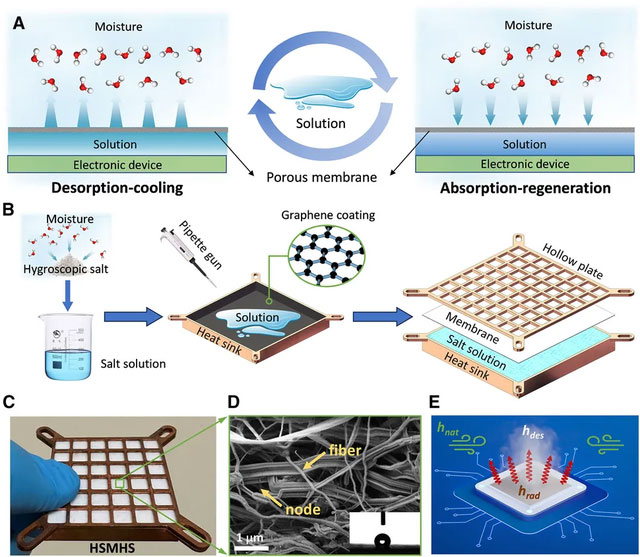Passive 'salt water' cooling boosts CPU performance by nearly 33%
A recently published scientific study has shown the "outstanding performance" of a new passive thermal management system, which can increase CPU performance by up to 32.65% through water cooling. salty.
Called a " hygroscopic salt membrane heatsink" (HSMHS) , this system uses lithium bromide salts bounded by a porous membrane that allows water to evaporate. According to researchers from the City University of Hong Kong and the School of Energy and Electrical Engineering, Hangzhou University of Science and Technology (Wuhan), the computer system used for testing recorded greater performance gains. 32.65% when using passive heat dissipation technology based on lithium bromide salt.

Basically, cooling systems equipped in infrastructures such as data centers can cost a significant amount of money for both businesses and the environment. With passive cooling technology alone, this solution has certain advantages, for example they have no moving parts and do not require a direct power source. However, existing passive coolers often experience rapid thermal saturation, causing the system's cooling performance to degrade (e.g., thermal regulation).
Meanwhile, the appeal of the HSMHS cooling system comes from the fact that it can cool the system 10 times longer than the best alternatives such as metal- organic fumes (MOFs) and hydrogels. phase change material).
So how does a film-wrapped heatsink containing desiccant salt work? Scientists will make a standard-shaped radiator and place a lithium bromide solution on it. The solution will be held in a porous membrane material, allowing water vapor to pass through it. Heat dissipation will occur by desorption of the salt solution, which releases water vapor into the surrounding air through the porous membrane.

The above HSMHS test results show that the computer processor can run at temperatures below 64 degrees Celsius for about 400 minutes (more than 6 and a half hours). This result is said to be 10 times better than the MOF alternative.
During periods of rest or inactivity, the HSMHS cooling system can recharge its cooling capacity by absorbing moisture from the air.
Another advantage of HSMHS is the ability to save operating costs . Because lithium bromide salts are very cheap, the HSMHS system is about 1,000 times more cost-effective than a metal organic framework (MOF) cooling system.
It is known that besides the ability to cool CPUs in PCs, the HSMHS system can also be used to cool solar cells, batteries or in central cooling systems of buildings.
- The unexpected benefits of salt water
- Good cooling water for children in the hot season
- Should I drink diluted salt water early in the morning?
- Hot day cooling drinks are good for your health
- Salt water reduces arthritis pain
- Principle of operation of air coolers
- Gargle with salt water: Many mistakes need to be removed
- 13 common health problems can be treated with salt
- Does salt actually make water boil faster than usual?
- China designs nuclear reactor without cooling water
- Salt separation technology: Israeli
- Passive Wi-Fi technology saves 10,000 times more energy than usual
 What is the Snapdragon SiP chip?
What is the Snapdragon SiP chip? How to create a yellow circle around the mouse cursor on Windows
How to create a yellow circle around the mouse cursor on Windows Edit the Boot.ini file in Windows XP
Edit the Boot.ini file in Windows XP 3 ways to restart the remote computer via the Internet
3 ways to restart the remote computer via the Internet